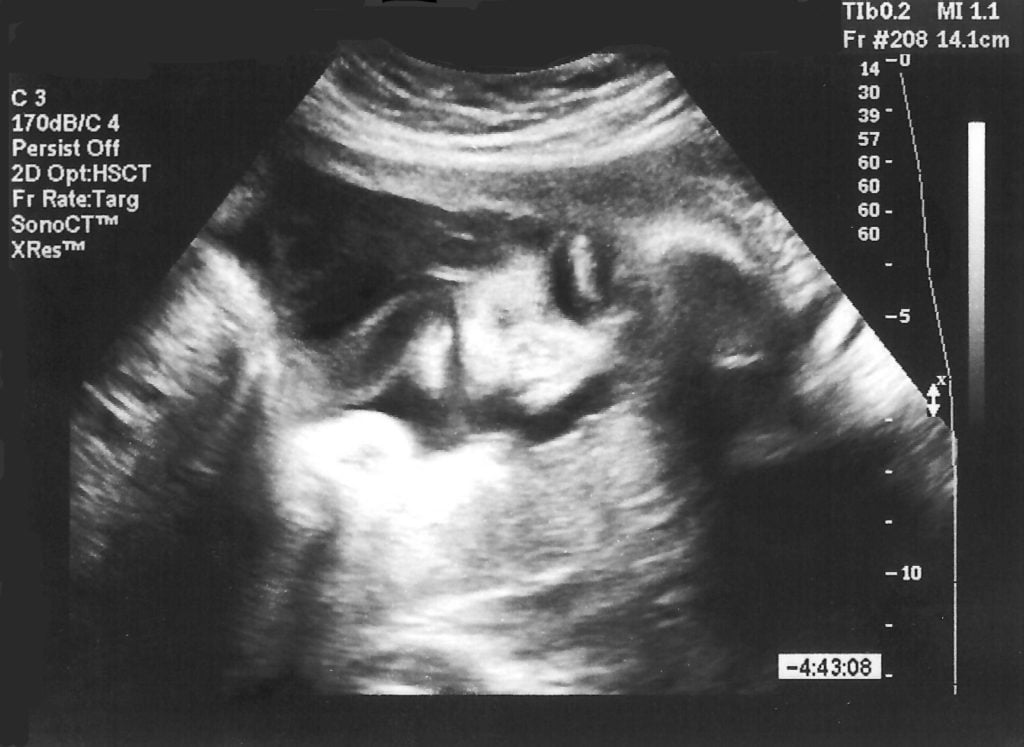Clinical trials are the bane of doctors and researchers alike. They are expensive, they rarely pay off, and they take a long time. But of course no one wants a situation where we simply don’t test drugs before we give them to vulnerable patients. The consequences of under-testing are dire, and it still happens that drugs get withdrawn (as a case study, have a look at Benfluorex’s staggered withdrawal in the EU).
Much as it is clear that drug trials are essential before their widespread introduction to a hospital drugs chart, it is also clear that there are risks involved.
On Clinical Trials
The clinical trial process goes something like this:
- Several months testing in up to 100 healthy volunteers to assess its safety and appropriate dosage (though the latter will vary depending on the patients’ condition).
- Up to 2 years testing in a few hundred patients with the disease of interest to assess efficacy against the disease and side-effects.
- Several years’ testing in up to 3000 individuals with the disease of interest to further assess efficacy and side-effects.
- There may then be a 4th phase of testing to further assess the safety and side-effects if not enough is known.
There are several reasons why clinical trials are expensive, why they fail, why they take so long – these are things I could easily spend a whole post discussing. What we are talking about here is just SAFETY.
 So why is it that, after a whole clinical trial, things can still go wrong?
So why is it that, after a whole clinical trial, things can still go wrong?
My favourite word to describe patients is “idiosyncratic”. And it fits perfectly here. Patients are idiosyncratic, different, individuals. They have different bodies, different organs, different cells, different DNA, and therefore their reaction to a chemical being ingested or injected is going to differ from another person.
Sure, we can look at measurable variables such as age, height and weight and predict how these affect a patient’s response to a drug. We can even sequence someone’s DNA and look for heritable characteristics that predict a response as well. But there’s an infinite number of non-heritable characteristics, and non-nuclear DNA to account for as well.
So why do we use drug trials, if they’re so very useless? Simply put, it’s the best thing we have. With novel gene-sequencing technology available to us, we may be able to streamline the process quite a lot in the future, but it’s likely to still be imperfect. Especially as so many life-threatening disorders and diseases only manifest themselves beyond the point of no return.
Who are the guinea pigs?
At the beginning of the year, the Independent published an article about the three most recent drug trials that led to devastating consequences for the volunteers. I’ll link it here as a summary of what can go wrong for the guinea pigs choosing to participate in drug trials.
Other than these participants, there are two other groups that effectively are treated as guinea pigs: children and pregnant women.
 It is precisely due to the risks outlined above that we do not include the “at risk” groups of children and pregnant women in clinical trials. Side-effects that could be a minor inconvenience in a healthy individual are exacerbated drastically in unborn children and young people as they could effect their development.
It is precisely due to the risks outlined above that we do not include the “at risk” groups of children and pregnant women in clinical trials. Side-effects that could be a minor inconvenience in a healthy individual are exacerbated drastically in unborn children and young people as they could effect their development.
This means that a paediatrician must rely on their expertise and experience alone to prescribe adult-tested medicines on children: tailoring the dosage to the child’s height and weight. As explained above, this isn’t enough. As adult patients’ bodies are idiosyncratic, a child’s body is an entirely different matter. There are countless chemicals running around that we don’t see in an adult, that may interact with the ingested drug in an adverse way.
In addition to the difficulty in predicting side-effects, adherence to a medicine regime is also more tricky. Children don’t want to take in nasty-tasting drugs (I personally would only take sweet-tasting cough syrups), and they don’t want to have to take several at once (which may be necessary in combination therapy).
Teratogens
Pregnant women are also guinea pigs. This means that a gynaecologist must make the same judgement calls as a paediatrician must with children, and these choices affect not only the pregnant woman but their unborn child as well.
As stated many times in this post, it is difficult to predict the activity of a drug in an individual. It is especially difficult to predict the activity of a drug in an individual who has not yet been born. In particular, it would be useful to know just how much of the drug is sequestered by the fetus. The mother and child have a semi-permeable barrier maintaining the separation of their blood systems. As with the testing of a drug’s ability to cross the blood-brain barrier, we need to know how much of the drug crosses this membrane in the placenta to know how much will be taken in by the unborn child.
This lack of knowledge leads to doctors estimating the appropriate usage of a drug. In fact, it is not unheard of for doctors to prescribe a drug to a pregnant woman for off-label purposes (ie. for purposes other than it has been tested for).
Thalidomide is a terrifying word in chemistry. It has come up in my education separately at least half a dozen times, and with good reason. If you need to brush up, have a look at this Wikipedia article or this article by the Science Museum. Notably, this is a case in which a drug used for morning sickness led to teratogenic effects in unborn children (ie. birth defects).
Inside their mother’s body, the fetus grows from a single cell to form a full baby. This process follows a delicate series of chemical signals within the developing child to ensure that the baby is born fully formed. It therefore follows that anything affecting the chemical environment the developing child is subjected to will have an effect on its development.
The Bottom Line
We need to somehow safeguard child or pregnant patients against preventable adverse effects. There are indeed clinical trials involving children in existence.
We know that clinical testing has an inherent risk, but we do it anyway because the risk in a clinical trial is far lower than going without. That is why it makes sense to test (with due care) in these vulnerable patient groups.
So why are we still lacking data? Unfortunately the issue comes down largely to funding. As with infectious disease drug trials lacking momentum due to less chance for profit from poorer countries, trials that have smaller target patient populations are less common because the final drug brings in less money. There’s less financial incentive to offer trials just for these select patient groups.
The cynic’s bottom line: we need to encourage funding in trials in these essential patient groups!
References:
- European Medicines Agency document recommending Benfluorex withdrawal.
- Chemistry world article on Benfluorex.
- The FDA’s site on the Drug Development Process: Clinical Rsesearch.
- The Independent’s article “The troubled history of clinical drug trials”.
- Page on placental transport.
- Thalidomide articles: 1, 2.
- WHO page on Clinical trials in children.
- NIH page on Clinical trials in children.
